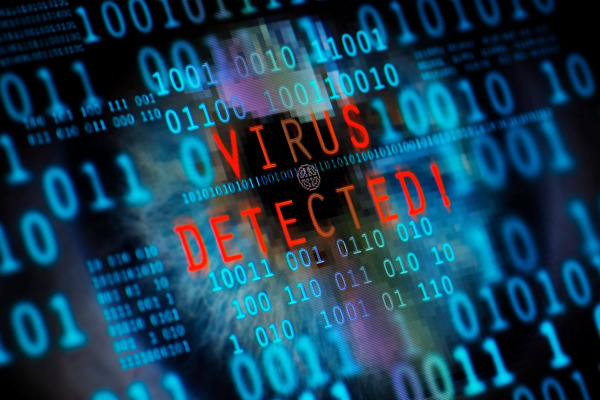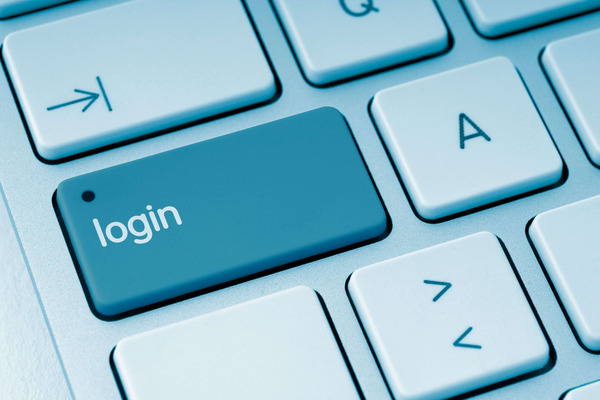
Can Macs get viruses? The answer is yes. Macs have been deemed as one of the safer options on the market, and they deserve that reputation thanks to their strong protections and on-the-pulse updates.
But they’re still vulnerable to malware. Cybercriminals are opportunists, and they’re taking advantage of the rising popularity of Macs to find new ways to infect devices and steal or damage users’ data.
Find out about how to get rid of viruses on your Mac now.

Are MacBooks safe from viruses?
Macbooks are not entirely safe from viruses. Viruses are a type of malicious code — aka malware — which is an umbrella term for code that infects your device and destroys, damages or steals data. There are many different types of malware, and all of them have the potential to affect Macs.
These include adware, which causes unwanted ads to pop up on your device, and spyware, which effectively transfers valuable data to another device. Ransomware typically denies you access to your own data unless you pay a ransom, and Trojan horses are malicious programs that are embedded within software. Phishing scams are a type of malware, too. These emails or messages appear to be sent from reputable companies or people, but often have malicious content hidden within links and attachments. Finally, zero-day threats are emerging threats that are so new, there aren’t proper solutions in place to tackle them yet.
As for how to check if your Mac has been hacked, slow or lagging performance, unsolicited ads and emails you don’t remember sending are major red flags.
The lowdown on Macs’ built-in security
There’s a reason why Macs have historically been seen as the “safest” devices: the built-in protections in the operating system (OS) and hardware are excellent. These are some of the features that help prevent you from accidentally downloading a virus onto your device:
- Anti-phishing technology in Safari. Identifies and blocks websites that contain malicious content, like files and links. Safari also lets you know if your passwords have been compromised, or if they’re easy for a hacker to guess.
- Find My service. Apple’s “Find My” feature might have helped you find your phone once or twice, but it has a deeper use. If a criminal manages to get hold of one of your devices, you can use this app to either find your stolen Mac, or erase any data so it can’t be accessed by an unauthorised person.
- FileVault. Part of macOS, FileVault encrypts your data to keep it safe and secure.
- Gatekeeper. Stops software that hasn’t been approved by Apple from running on your device, and only allows you to download apps by certified, reputable developers.
- XProtect. Apple’s antivirus for Mac program works in the background to automatically scan each app you try to install for malware. Apple has a list of malicious apps it keeps tabs on, and Mac users can’t successfully download these onto their device.
- Sandboxing. Separates apps from critical components your Mac needs to run smoothly, and prevents them from influencing other apps you may be using at the time.
- Security updates. Apple frequently releases patches to fix flaws and address new bugs, and it usually responds quickly — even to zero-day threats. Plus, users have the ability to switch on auto-updates so they always have the latest protection in place.
How to protect your Mac in 5 easy steps
Built-in features aside, there are a few things you can do to boost your Mac’s security and reduce your chances of falling victim to viruses (or a similar cyber attack).
#1 Activate multi-factor authentication. Two-factor authentication is good, multi-factor authentication (MFA) is better. MFA requires you to provide your username, password and one more piece of information, like a code sent to your phone or email, before you can log into an account.

#2 Avoid any announcements about Flash. Adobe’s Flash player was an issue for many Mac users prior to 2020 when it was discontinued. Before then, hackers were known to create fake Flash programs to trick people into downloading malware on their device. But with Flash out of the picture, it’s important to ignore any unsolicited pop-ups instructing you to install or update the program.
#3 Don’t take the bait. Phishing scams are common, and it’s important to stay vigilant and carefully assess every message you get — even if your email spam filters are switched on. Some of the key signs of a phishing email are poor spelling or grammar, odd turns of phrase, panic-inducing content or an offer that’s too good to be true. If you receive an email or message from someone you don’t know or trust, avoid opening it. If you do open it, don’t click on any links or attachments.
#4 Maintain two backups of your data. It’s a good idea to back up your data regularly, like every couple of weeks. That way, if you are susceptible to malware, you’ll be able to bounce back quickly and mitigate any losses to your data. Aim to keep two backups: one on an external hard drive or flash drive, and another on the cloud.
#5 Never skip a macOS update. As tempting as it is to ignore these notifications, especially since they pop up so often, it’s crucial to accept all software updates. Along with your operating system, this applies to any other software you have installed, such as third-party antivirus software.
Secure your Mac with ESET Cybersecurity Pro
ESET Cybersecurity Pro is a reliable antivirus, anti-spyware and anti-phishing software for Macs. It offers a multilayered defence against all types of malware, as well as other viruses and identity theft. It also boosts your security with a personal firewall and parental controls, which is key if your children aren’t constantly supervised online. The software also increases your protection if you have to jump onto public WiFi networks, which is sometimes inevitable.Questions, or want to learn more about how to remove viruses from your Mac? Connect with our team today, and we’ll be happy to guide you.